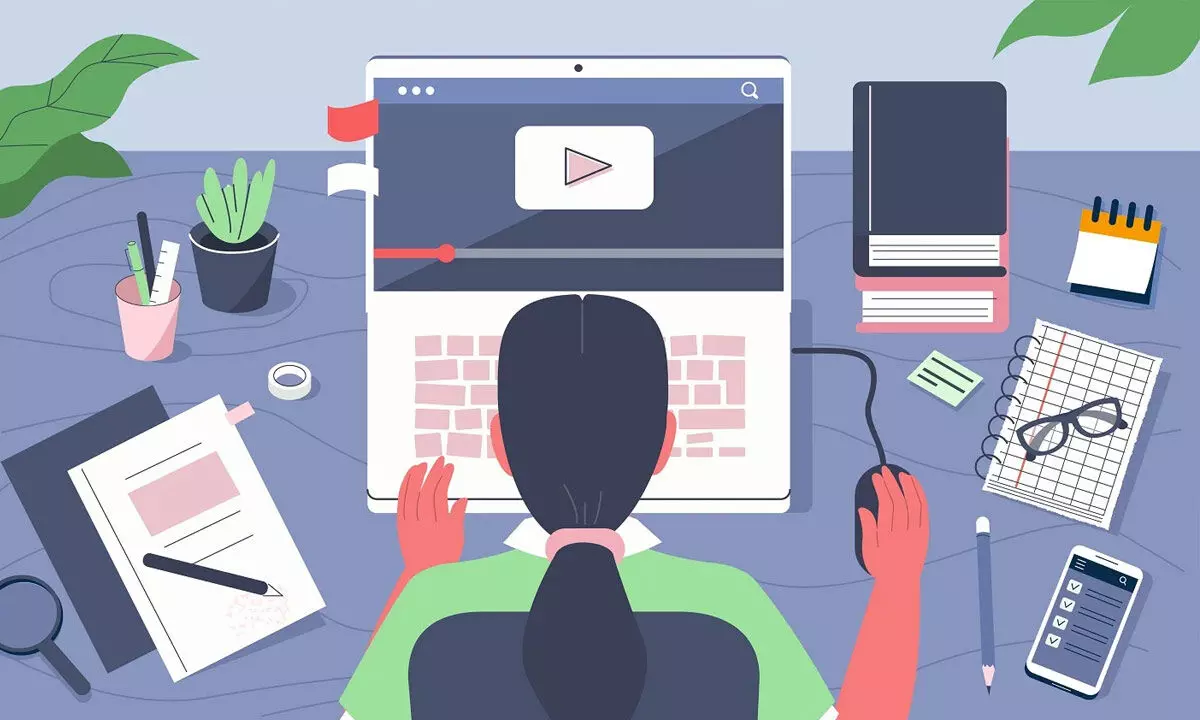Integrating Digital Education in Schools Will Make Students Future-Ready

On the occasion of World Computer Literacy Day on December 2, Rajesh Bhatia, Founder-Managing Director of Treehouse Education, highlights the crucial benefits of promoting digital literacy in schools
On the occasion of World Computer Literacy Day on December 2, Rajesh Bhatia, Founder-Managing Director of Threehouse Education, highlights the crucisl benefits of promoting digital literacy in schools.
During the recently held G-20 Summit in New Delhi, India announced a groundbreaking partnership that may revolutionize the education sector. The global computer software giant Adobe will reportedly collaborate with India's Union Education Ministry to offer an Adobe Express-based curriculum and training to K-12 schools (kindergarten to twelfth grade), to reach over two crore students and five lakh educators by 2027. The curriculum will include cutting-edge topics such as creativity, generative AI, design, animation, video, and other emerging technologies, all utilising Adobe Express tools.
Given this emphasis on digital literacy in education, we can expect similar partnerships in the coming years. The demand for additional initiatives in this regard is also rooted in the projections presented by global agencies, including the World Economic Forum, indicating that by 2025, over half of the global workforce will need upskilling and reskilling. Hence, the ability to utilise digital platforms, and devices, and navigate the digital landscape for learning and upskilling is an essential requirement for students today. In fact, the principles of technology should be imparted to students from a young age, given the rapid pace of technological advancements.
In its report titled 'Technology in Education: A Tool on Whose Terms?' UNESCO states that the adoption of digital technology has brought about numerous changes in education and learning. The set of basic skills that young people are expected to learn in school, at least in developed countries, has expanded to include a broad range of new competencies to navigate the digital world.
While assessing the major advantages of digital literacy, the prime factor that needs to be considered is its ability to foster collaborative learning, agility, teamwork, and leadership skills among students. It also sharpens their critical thinking, reasoning, analytical, and innovative skills.
Many schools now offer online homework submissions and group activities through educational apps, providing a creative solution to close the digital gap in education. Furthermore, collaboration enables students to gain insights into various subjects and perspectives, fostering open-mindedness.
Instilling technical skills in students at an early stage enables them to explore technology safely and responsibly. This includes grasping cybersecurity, critically evaluating online information, and adeptly using digital tools. In our contemporary world, being vigilant against misinformation and fraudulent activities is crucial. Early exposure to these concepts not only prepares students to discern the truth from falsehood but also equips them with tools to stay safe.
Leveraging video conferencing, participating in online collaborations, and engaging in virtual exchange programs allow students to develop global awareness, understand diverse cultures, and broaden their perspectives on various issues. These skills will help them communicate effectively with a variety of employers and institutions in the corporate world, showcasing cultural intelligence and adaptability.
However, allowing children access to gadgets at an early age also poses certain challenges. The World Health Organization (WHO) recommends that children under the age of five should spend more time engaged in physical activity and must get enough sleep. It also says that children aged between three and four years should not be allowed more than one hour of screen time.
Debates also persist about the ideal age for children to be introduced to the digital world. While it was previously considered to be around the age of 10, many schools now initiate computer education as early as the second or third standard, meaning children are exposed to the basics of technology by the age of seven. Nevertheless, parents should ensure that children maintain a healthy balance. By establishing clear guidelines on the duration and purpose of screen time, and incorporating regular breaks for rest and physical activity, children can derive the benefits of digital learning while mitigating potential negative impacts.
In the constantly evolving technical landscape, embracing technology in education is inevitable as it prepares children for the future. Hence, the role of educators is crucial in ensuring a collaborative effort with parents and policymakers to formulate a balanced educational approach that values both digital and interpersonal skills.


















